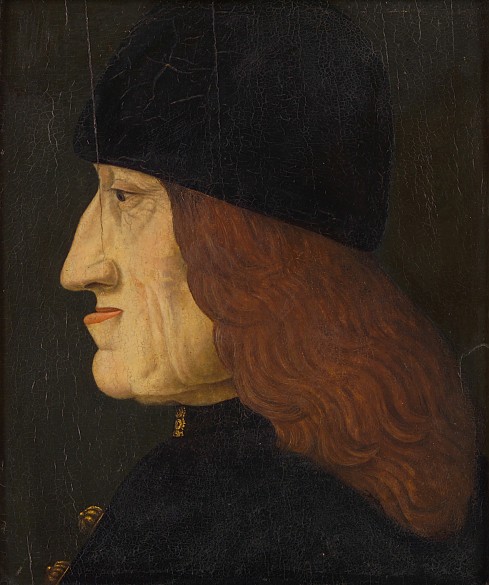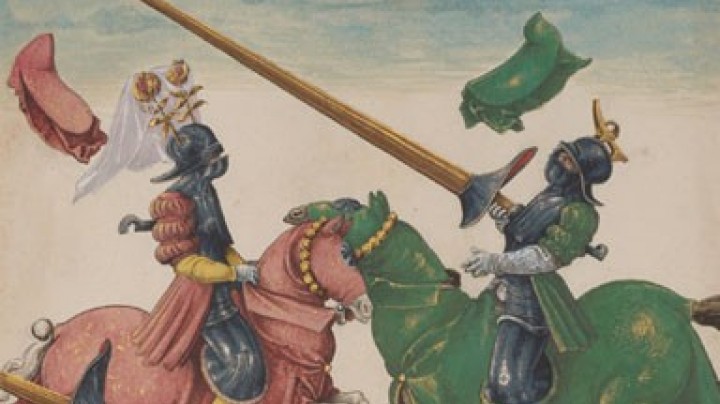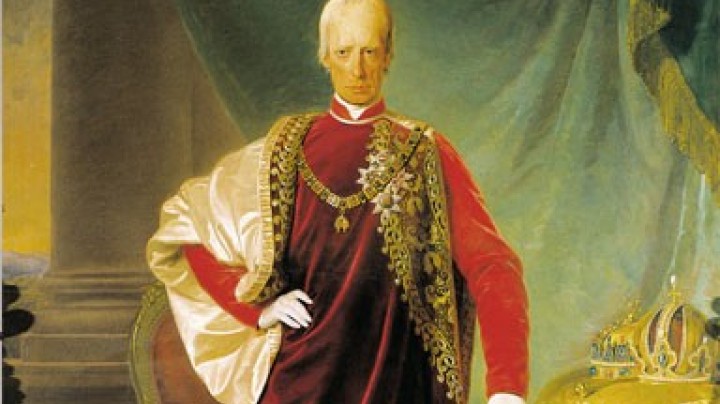The Hungarians are coming: Emperor Frederick III versus Matthias Corvinus
Towards the end of the fifteenth century the Hungarians occupied large tracts of the Habsburg territories. However, the ageing emperor Frederick III outlived one of his enemies to claim victory yet again.
The death of his brother Albrecht VI gave Emperor Frederick III more room to manoeuvre. He used this to once again intervene in Bohemia and Hungary, thus provoking new conflict with these lands. In Hungary, Mátyás (Matthias) Hunyadi, a fifteen-year-old youth of noble birth who gave himself the byname of Corvinus (crow), had been elected king by the Estates. Matthias had the ambitious plan of uniting Bohemia, Hungary and the Austrian lands, a plan that was initially very successful.
Matthias Corvinus started ‘crusades’ against the Bohemian king and the Turks, who were advancing ever deeper into Central Europe in the fifteenth century. In 1469 he had himself elected anti-king of Bohemia. He negotiated a treaty with Emperor Frederick III, but this failed to preserve peace for any extended period. He then concluded alliances with the Austrian Estates who were dissatisfied with the emperor. In 1477 he declared war on Frederick and started an attack on the Habsburg patrimonial lands. His army, said to have numbered 17,000 men, was unusually large for the times.
The emperor fled westwards and at first was ready to make concessions. But the war continued: Matthias Corvinus brought numerous Austrian cities onto his side; the emperor was unable to field any substantial forces to oppose him. Finally the Hungarians besieged Vienna, which was forced to capitulate. Matthias entered the Austrian capital in triumph on 1 June 1485; from this time on he mainly resided in Vienna, styling himself ‘Duke of Austria’. He had the roof of St Stephen’s Cathedral decorated with the Hungarian colours. From Vienna he masterminded further conquests in Lower Austria and Styria leading two years later to the fall of Wiener Neustadt.
Once again Frederick’s tenacity served him well: in 1490 the Hungarian king died at the age of 47 in Vienna without a legitimate heir. The ageing emperor had thus outlived his final adversary. Hungarian power in Austria collapsed, Frederick’s son Maximilian I re-took Vienna and moved onto the offensive. He secured his claim on Hungary, which was to be made good several decades later, thus considerably enlarging Habsburg territories.


















